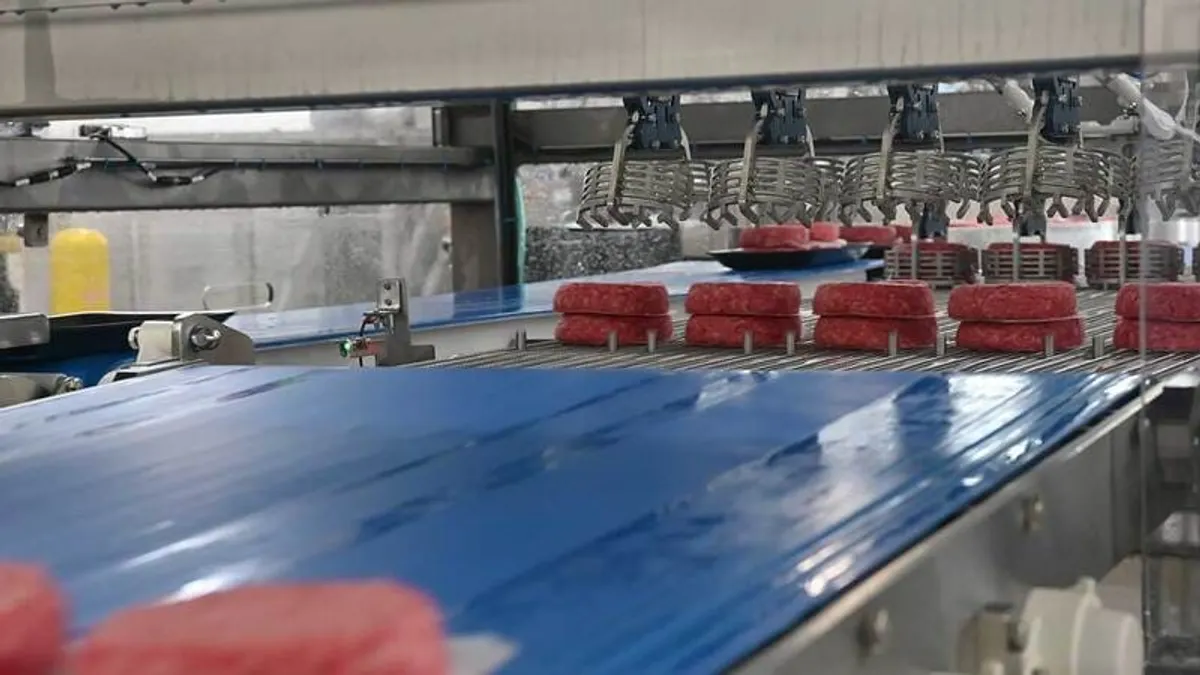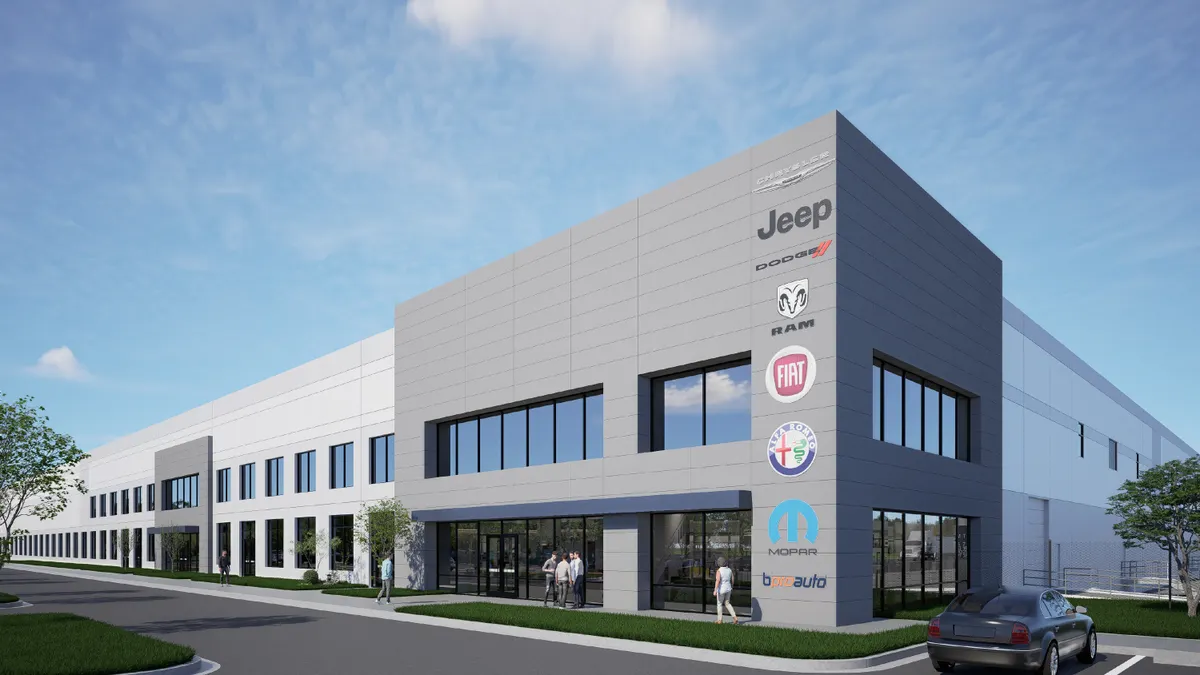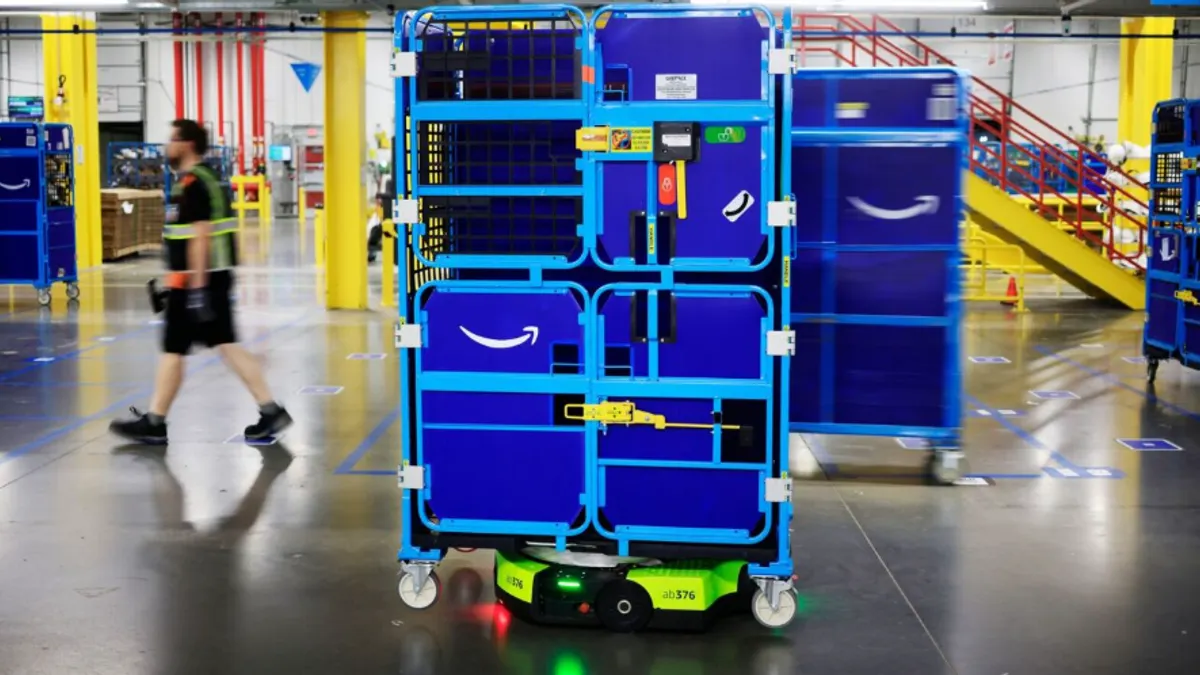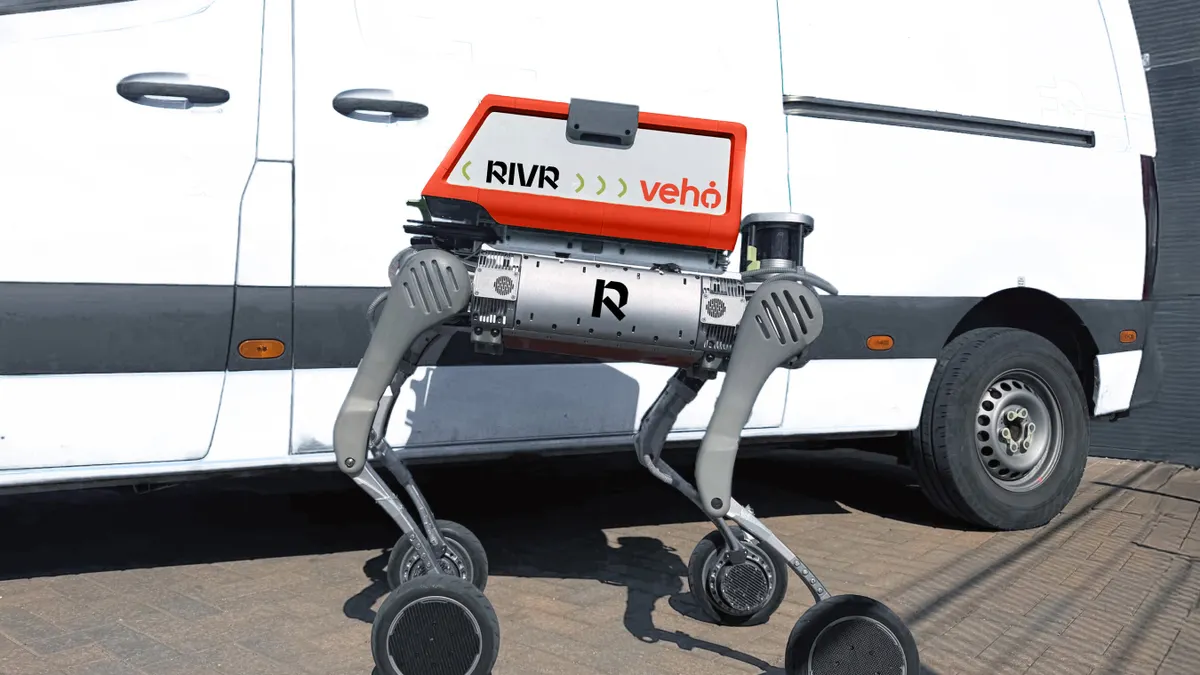When companies helped employees adapt to remote work, they helped customers in the same way.
Gail Evans, chief digital officer of Mercer, turned her attention to customer experience because they're more like "episodic interactions," she said, speaking on a panel hosted by MIT Sloan CIO Digital Learning Series Wednesday. Evans expects those snapshot interactions to stick post-pandemic.
"People have shifted in their orientation toward the ways in which they want to interact with your businesses. They expect things that weren't expected before," like contactless interactions, said Renee Gosline, senior lecturer and research scientist at MIT Sloan School of Management, while speaking on the panel.
The companies that shifted their processes to the 2020 customer and that can maintain those expectations indefinitely, will not only withstand the pandemic, but thrive on the other side of it.
When people are in distress, it's human nature to lean on automatic processing; it gives people a sense of control when there is none, a sense of agency, more time, and support, according to Gosline. The pandemic is a pressure test for companies to sustain customer loyalty. Technology is the only way to ensure sustainability.
AI is an avenue to meet customers where they are — a tenant of 2020's customer experience expectations.
Customers "want this connection … and they want you to understand their journey," said Evans. There should be technologies that "nudge" customers into recommendations or offerings.
Each nudge is an opportunity for customers to adapt. "Our customers are also adapting to us reaching out to them in a different way," said panelist Akash Khurana, Global VP, CIO and chief digital officer at McDermott Inc.
For McDermott, an engineering, procurement and construction company, engineering model reviews are constantly changing under the organization's project delivery. McDermott is enabling customers with virtual reality technology to walk through models that were once visited on-site.
"Being at the manufacturing side walking through these large [liquefied natural gas] projects, or offshore projects, we are leveraging technology to give them that experience," said Khurana.
In it for the long haul
The companies that adapt technology to take the place of once physical processes, will not only stay relevant, but reinforce customer loyalty, because some solutions will remain.
"It's definitely going to make quite a few things permanent, and for the right reasons," said Khurana. "We used to rely heavily on people and technology to collect this information, glean through that information to drive the right level of analytics — those things are gone."
McDermott is relying on data lake technologies, applications, smart analytics and AI, to change decision-making. Those practices will remain in the company's toolkit, even when face-to-face interactions become safer.
As companies push forward on accelerated digital transformation efforts, it became clear that some of the technologies were adopted in "more of a Band-Aid way, than a transformative one," said Paul Michelman, editor in chief of MIT Sloan Management Review, while moderating the panel.
By uncovering the transformative facade of some of these technologies, such as IoT or AI, some companies will have to reckon with investing in more, or repurposing what was already adopted.
"I think we should be more bullish," said Gosline. "Many firms are experiencing rapid transformation due to necessity, and I don't think that genie will be going back into the bottle."
However, the companies engaged in pre-pandemic transformations are better suited for long-term payoff. For Evans, who served as Mercer's global CIO before becoming the company's first CDO in 2018, Mercer already had some degree of forward thinking.
"Some people call it VUCA: volatility, uncertainty, complexity and ambiguity," when addressing chaotic moments in business and leadership, Evans said. Mercer developed the "Mercer OS" to better gauge the digital world, the business itself and its customers, exist in. "Where we are today is our ability to double down on those digital platforms and capabilities."
The companies without the fortitude to map out an 18-month digital road map will be, at best, "fast followers" or laggards, according to Evans. For those who were laggards prior to the pandemic, it's up to them to engage with what's available. There are "Jeff Bezoses out there looking at margins and trying to figure out how to disrupt you."
In real time, CIOs are reevaluating technology strategies from the beginning of the year and recognizing how they've changed (or accelerated) eight months later. Khurana's technology strategy has largely remained untouched, though execution changed because of remote work. The strategy was based on improving the following:
-
Employee productivity efficiency
-
Operational efficiency by connecting different functional handoffs
-
Engagement with customers
"Technology was a whole footprint across these three levers," said Khurana. The pandemic just ramped them up.
























